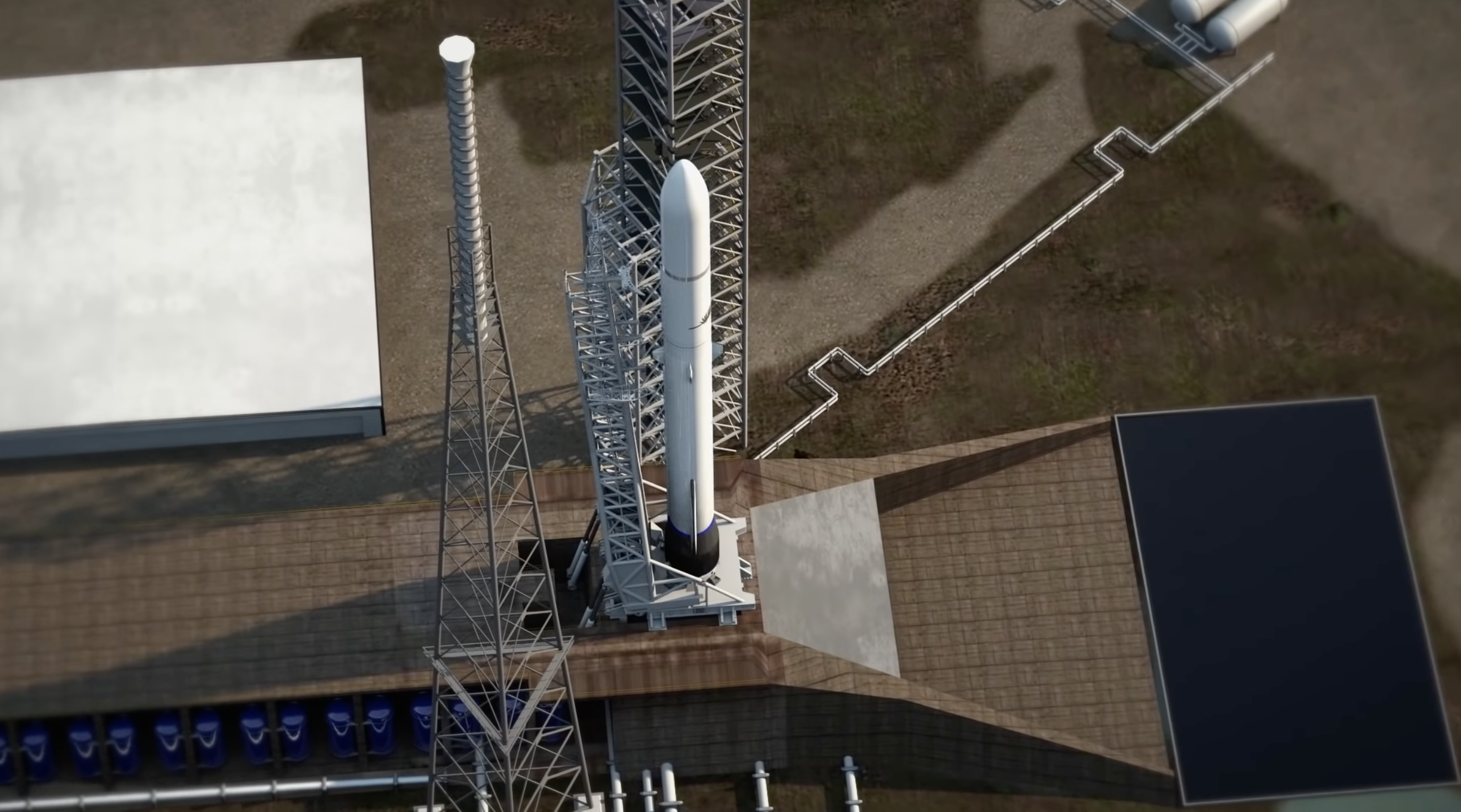WASHINGTON — A NASA procurement document provides details about the plans of several companies that received unfunded Space Act Agreements for commercial space capabilities in June, as well as those who failed to make the cut.
NASA selected seven companies June 15 for its Collaborations for Commercial Space Capabilities-2 (CCSC-2) initiative. Those companies will have access to NASA expertise and data, but not funding, to support development of commercial space capabilities.
Among the companies selected for CCSC-2 agreements were Blue Origin, which appeared, in a NASA statement, to be working on a crewed spacecraft; and SpaceX, which offered to develop an “integrated low Earth orbit architecture” that used its Starship vehicle as a commercial low Earth orbit (LEO) destination, or space station. Neither the agency nor the companies provided additional details at the time NASA announced the awards.
A source selection statement released by NASA earlier this month confirmed those plans. Blue Origin proposed an “interrelated LEO space transportation capability that utilizes its reusable Space Vehicle (SV), New Glenn launch vehicle, and other supporting elements.” The original assessment of Blue Origin’s proposals found weaknesses from a lack of details, although the document notes that the company was able to address most of them in a later due diligence phase.
“I find that Blue Origin’s capability as a human space transportation provider is compelling, and the LEO economy at large would benefit from the vehicle once developed,” Phil McAlister, director of commercial spaceflight at NASA Headquarters and selection authority for the program, wrote in the document.
The document also confirms that SpaceX is considering using Starship as a commercial space station. “In addition to applications beyond LEO, Starship could significantly impact crew & cargo transportation and could itself become a large Commercial LEO Destination,” the document stated. NASA’s original assessment raised issues about a lack of information about Starship’s capabilities as well as an uncertain schedule.
A third company, Sierra Space, also proposed a crewed spacecraft in the form of the DC-200 version of its Dream Chaser vehicle and a “Pathfinder” station using its inflatable module technology called LIFE. Tom Vice, chief executive of Sierra Space, said in a June 27 presentation that the company was preparing to launch a standalone pathfinder version of LIFE as soon as the end of 2026 for commercial applications such as biotech research.
McAlister noted in the statement that one concern he had is that Sierra Space’s proposal could overlap with its work with Blue Origin on the Orbital Reef commercial space station, which received funding from NASA in late 2021 for initial development work. He wrote that he concluded there were “enough differences that I see value in providing support to the development of Sierra Space’s Pathfinder station and DC-200 crew transportation system.”
Northrop Grumman, which also received funding from NASA for commercial space development, received a CCSC-2 agreement for a “Persistent Platform” for commercial research and manufacturing. The selection document describes that platform as a human-tended free-flyer that would support its crewed station. As with Sierra Space, McAlister said he was concerned about overlaps with the company’s crewed station, but concluded that it would be complementary.
Two startups working on commercial space stations, ThinkOrbital and Vast, received CCSC-2 agreements despite some skepticism from the agency about those companies’ abilities to actually develop them.
In the case of ThinkOrbital, McAlister wrote that he was particularly interested in the company’s plans to demonstrate in-space welding, which he saw as a key technology that could find widespread use. “While I am not convinced that ThinkOrbital is, at this point, a realistic option as a commercial destination provider, I believe it can achieve significant progress in its Construction Technologies for Space Applications (CONTESA) concept with the support NASA can provide through the CCSC2 Space Act agreement.”
For Vast, he said NASA’s interest was in the company’s plans to demonstrate artificial gravity by spinning its modules. “The advantages of the proposed destination with artificial gravity, if Vast is successful, outweigh the risks of Vast’s lack of experience and the possibility that the artificial gravity may not be achieved,” he concluded.
The seventh CCSC-2 award went to Special Aerospace Services for an in-space servicing technology called the Autonomous Maneuvering Unit. Such a technology, NASA concluded, could have benefits for the broader LEO economy by minimizing the need for astronauts to conduct spacewalks to maintain commercial space stations.
Five other companies submitted CCSC-2 proposals that NASA rejected. Three of them were from companies working on space station concepts: Gravitics, Orbital Assembly (now Above: Orbital) and Space Villages (now Orbital Outpost.) NASA found weaknesses in both their technical and business approaches. The proposal from Space Villages, for example, “lacks clarity on the company’s legal status, its facilities, and the status of its major partners.”
McAlister concluded that “ultimately, there were other destination capabilities that had stronger proposals.”
The Ohio Aerospace Institute proposed to develop a commercial astronaut training facility. However, NASA concluded that there were significant weaknesses in its business approach and that the proposal sought the use of unspecified NASA equipment and facilities for training activities that are not available for non-NASA purposes.
The final proposal came from Ernst and Young (EY), which did not plan to develop in-space capabilities but instead provide some kind of consulting and design services. NASA rejected that proposal, noting that the company’s proposal “significantly lacked clarity on what EY would do and for whom.”
